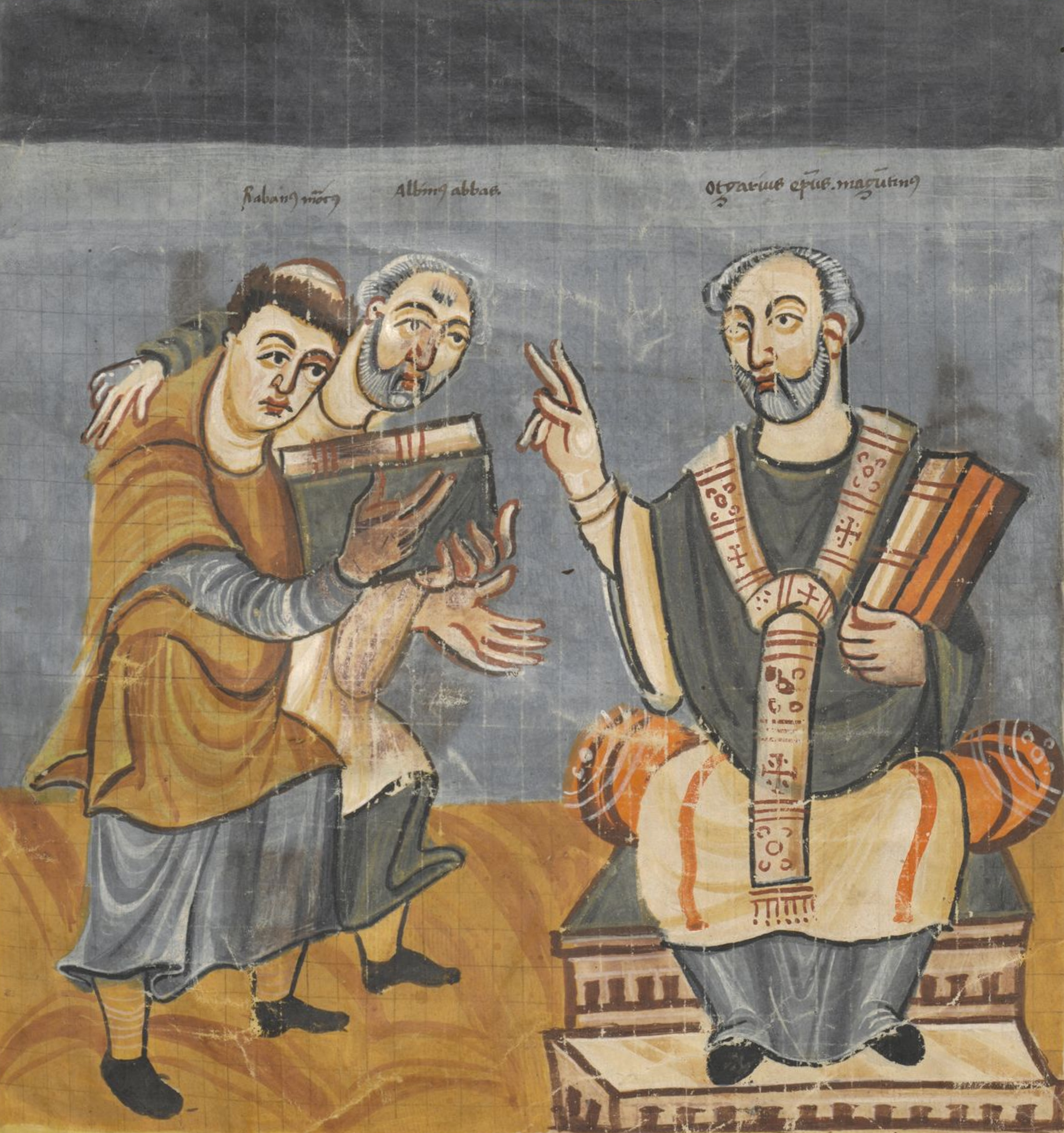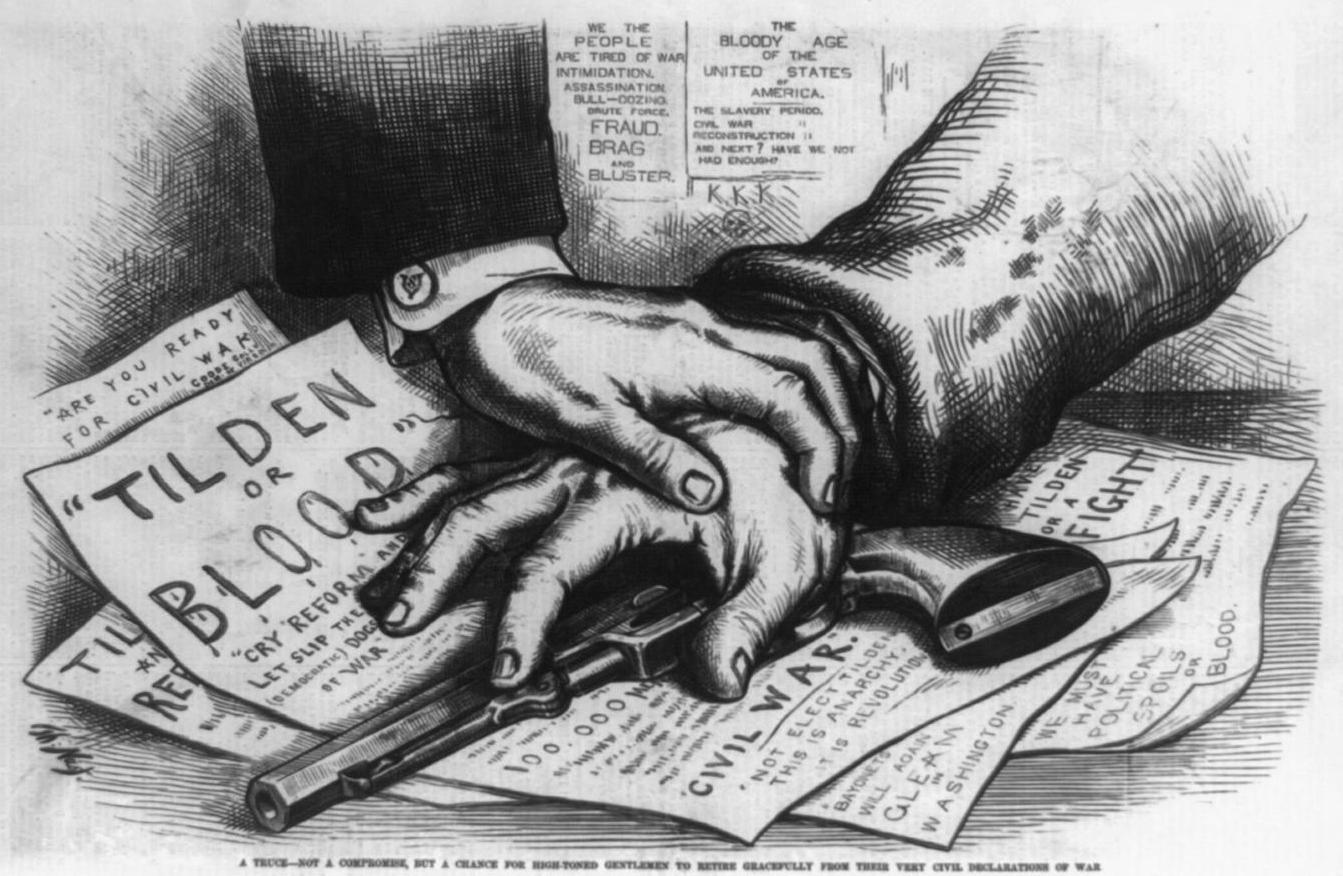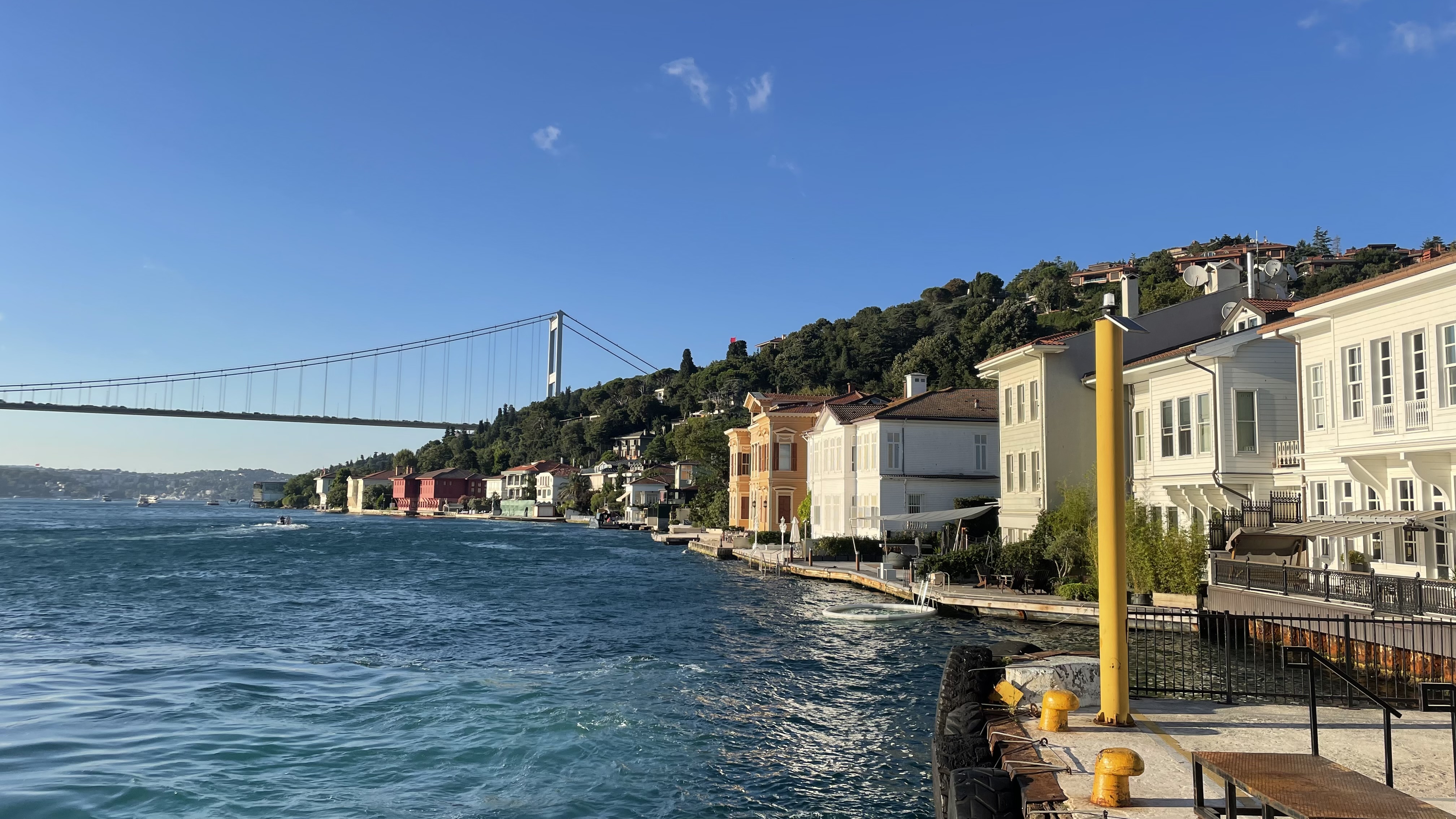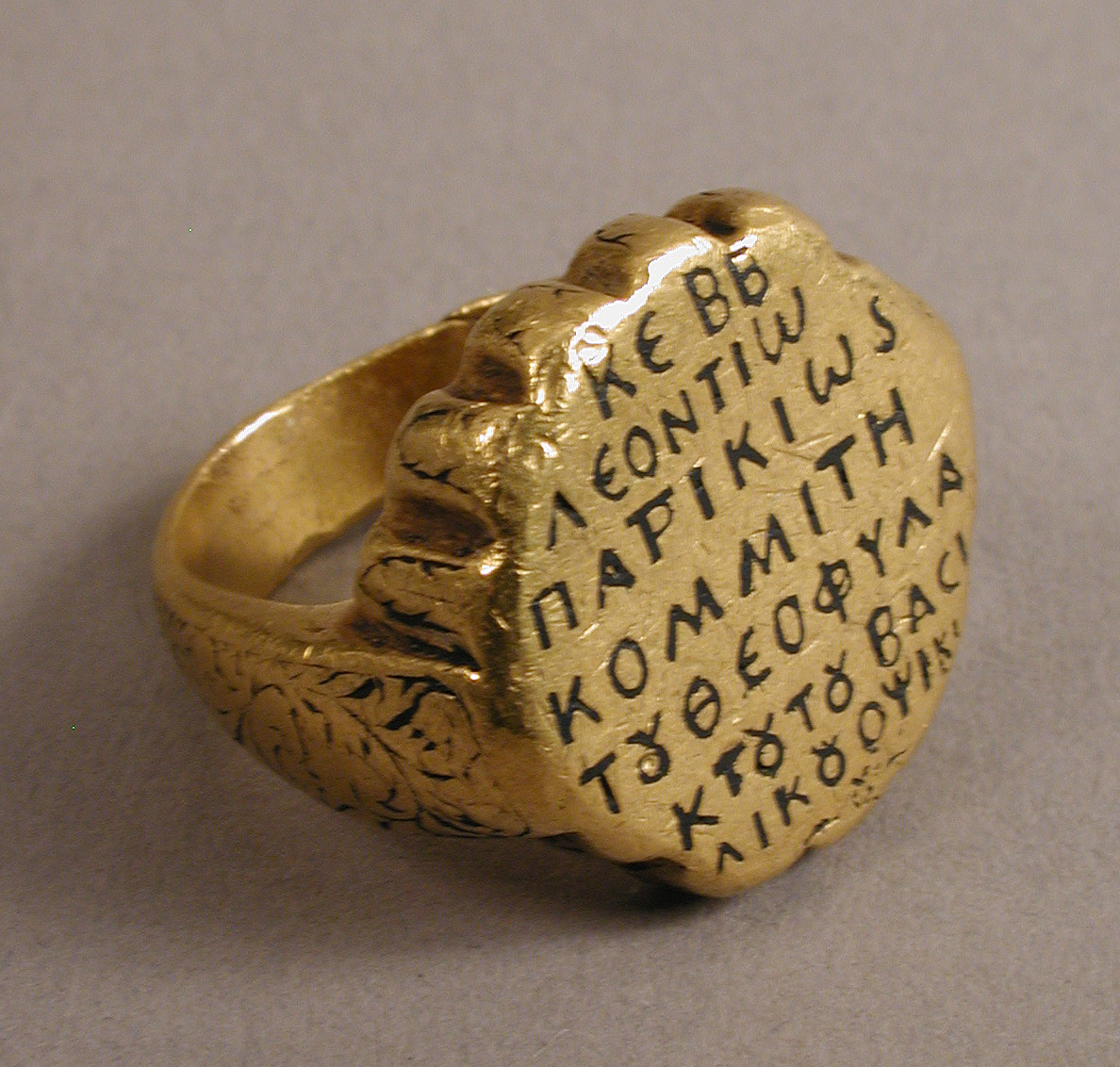|
782 Deaths
__NOTOC__ Year 782 ( DCCLXXXII) was a common year starting on Tuesday of the Julian calendar, the 782nd year of the Common Era (CE) and Anno Domini (AD) designations, the 782nd year of the 1st millennium, the 82nd year of the 8th century, and the 3rd year of the 780s decade. The denomination 782 for this year has been used since the early medieval period, when the Anno Domini calendar era became the prevalent method in Europe for naming years. Events By place Abbasid Empire * Arab–Byzantine War: Arab forces (95,000 men) under Harun al-Rashid, son of the Abbasid caliph Al-Mahdi, cross the Taurus Mountains and capture the Byzantine border fortress of Magida. Harun leaves his lieutenant Al-Rabi' ibn Yunus to besiege the city of Nakoleia (Phrygia), while another force (30,000 men), probably under Yahya ibn Khalid, is sent to raid the western coastlands of Asia Minor. Harun himself, with the main army, advances to the Opsician Theme. * Summer – Harun al-Rashid ... [...More Info...] [...Related Items...] OR: [Wikipedia] [Google] [Baidu] |
Al-Rabi' Ibn Yunus
Al-Rabīʾ ibn Yūnus ibn ʿAbd Allāh ibn Abī Farwa (; – 785/6) was a freedman who became one of the leading ministers of the early Abbasid Caliphate, serving under the caliphs al-Mansur (), al-Mahdi () and al-Hadi (). Al-Rabi’ was born to a slave woman near Medina about 730 CE. His father Yunus, the scion of a well-to-do family, denied his paternity, and the infant was sent to another family and eventually to an estate in the desert where he was reduced to menial labour. He was however bought by Ziyad ibn Ubayd Allah al-Harithi, the governor of Medina, who in turn presented him as a gift to al-Saffah, the first Abbasid caliph. Noted by al-Mansur for his literary education and especially his ability in Arabic poetry, he rose to prominence within the Abbasid court, culminating in his appointment as (chamberlain) and eventually vizier. He is often mentioned in the histories as a powerful figure, controlling access to the Caliph, and a capable administrator. He supervised the c ... [...More Info...] [...Related Items...] OR: [Wikipedia] [Google] [Baidu] |
Tribute
A tribute (; from Latin ''tributum'', "contribution") is wealth, often in kind, that a party gives to another as a sign of submission, allegiance or respect. Various ancient states exacted tribute from the rulers of lands which the state conquered. In the case of alliances, lesser parties may pay tribute to more powerful parties as a sign of allegiance. Tributes are different from taxes, as they are not collected in the same regularly routine manner that taxes are. Further, with tributes, a recognition of political submission by the payer to the payee is uniquely required. Overview The Aztec Empire is another example, as it received tribute from the various city-states and provinces that it conquered. Ancient China received tribute from various states such as Japan, Korea, Vietnam, Cambodia, Borneo, Indonesia, Sri Lanka, Nepal, Myanmar and Central Asia. Aztec Empire Tributes as a form of government The Aztecs used tributes as a means for maintaining control over con ... [...More Info...] [...Related Items...] OR: [Wikipedia] [Google] [Baidu] |
Ceasefire
A ceasefire (also known as a truce), also spelled cease-fire (the antonym of 'open fire'), is a stoppage of a war in which each side agrees with the other to suspend aggressive actions often due to mediation by a third party. Ceasefires may be between state actors or involve non-state actors. Ceasefires may be declared as part of a formal treaty but also as part of an informal understanding between opposing forces. They may occur via mediation or otherwise as part of a peace process or be imposed by United Nations Security Council resolutions via Chapter VII of the United Nations Charter. A ceasefire can be temporary with an intended end date or may be intended to last indefinitely. A ceasefire is distinct from an armistice in that the armistice is a formal end to a war whereas a ceasefire may be a temporary stoppage. The immediate goal of a ceasefire is to stop violence but the underlying purposes of ceasefires vary. Ceasefires may be intended to meet short-term limited need ... [...More Info...] [...Related Items...] OR: [Wikipedia] [Google] [Baidu] |
Irene Of Athens
Irene of Athens (, ; 750/756 – 9 August 803), surname Sarantapechaena (, ), was Byzantine empress consort to Emperor Leo IV from 775 to 780, regent during the childhood of their son Constantine VI from 780 until 790, co-ruler from 792 until 797, and finally empress regnant and sole ruler of the Eastern Roman Empire from 797 to 802. A member of the politically prominent Sarantapechos family, she was selected as Leo IV's bride for unknown reasons in 768. Even though her husband was an iconoclast, she harbored iconophile sympathies. During her rule as regent, she called the Second Council of Nicaea in 787, which condemned iconoclasm as heretical and brought an end to the first iconoclast period (730–787). During her 5 year sole reign, her public figure was polarizing, due to the setbacks faced by the Empire and her iconophilic stances, often attributed to her gender and the influence of her retinue. Her reign as sole ruler made her the first ever empress regnant, ruling ... [...More Info...] [...Related Items...] OR: [Wikipedia] [Google] [Baidu] |
Tatzates
Tatzates or Tatzatios (, from Tačat) was a prominent Byzantine general of Armenian descent, who in 782 defected to the Abbasids and was appointed governor of ''Arminiya''. Biography Tatzates belonged to the noble Armenian Andzevatsi family. Probably in the 750s, he came to the Byzantine Empire and entered the service of Emperor Constantine V (r. 741–775)... Under Constantine V, he reportedly fought against the Bulgars, and achieved the position of ''strategos'' (general and governor of a theme) by circa 760. It is not known which themes he commanded, but by 776 he led the Bucellarian Theme.. In the same year, he led his army in a successful expedition against the Arabs, reaching Samosata. In 778, he took part in a successful large-scale expedition against Germanikeia under the overall command of Michael Lachanodrakon, and in 781 he fought, again under Lachanodrakon, in the Byzantine victory at Caesarea over an Arab invasion led by 'Abd al-Kabir. In 782, the Abbasid Caliph's ... [...More Info...] [...Related Items...] OR: [Wikipedia] [Google] [Baidu] |
Armenia
Armenia, officially the Republic of Armenia, is a landlocked country in the Armenian Highlands of West Asia. It is a part of the Caucasus region and is bordered by Turkey to the west, Georgia (country), Georgia to the north and Azerbaijan to the east, and Iran and the Azerbaijani exclave of Nakhchivan Autonomous Republic, Nakhchivan to the south. Yerevan is the Capital city, capital, largest city and Economy of Armenia, financial center. The Armenian Highlands has been home to the Hayasa-Azzi, Shupria and Nairi. By at least 600 BC, an archaic form of Proto-Armenian language, Proto-Armenian, an Indo-European languages, Indo-European language, had diffused into the Armenian Highlands.Robert Drews (2017). ''Militarism and the Indo-Europeanizing of Europe''. Routledge. . p. 228: "The vernacular of the Great Kingdom of Biainili was quite certainly Armenian. The Armenian language was obviously the region's vernacular in the fifth century BC, when Persian commanders and Greek writers ... [...More Info...] [...Related Items...] OR: [Wikipedia] [Google] [Baidu] |
Constantinople
Constantinople (#Names of Constantinople, see other names) was a historical city located on the Bosporus that served as the capital of the Roman Empire, Roman, Byzantine Empire, Byzantine, Latin Empire, Latin, and Ottoman Empire, Ottoman empires between its consecration in 330 until 1930, when it was renamed to Istanbul. Initially as New Rome, Constantinople was founded in 324 during the reign of Constantine the Great on the site of the existing settlement of Byzantium, and shortly thereafter in 330 became the capital of the Roman Empire. Following the collapse of the Western Roman Empire in the late 5th century, Constantinople remained the capital of the Eastern Roman Empire (also known as the Byzantine Empire; 330–1204 and 1261–1453), the Latin Empire (1204–1261), and the Ottoman Empire (1453–1922). Following the Turkish War of Independence, the Turkish capital then moved to Ankara. Although the city had been known as Istanbul since 1453, it was officially renamed as Is ... [...More Info...] [...Related Items...] OR: [Wikipedia] [Google] [Baidu] |
Bosphorus
The Bosporus or Bosphorus Strait ( ; , colloquially ) is a natural strait and an internationally significant waterway located in Istanbul, Turkey. The Bosporus connects the Black Sea to the Sea of Marmara and forms one of the continental boundary between Asia and Europe, boundaries between Asia and Europe. It also divides Turkey by separating Anatolia, Asia Minor from East Thrace, Thrace. It is the world's narrowest strait used for international waterway, international navigation. Most of the shores of the Bosporus Strait, except for the area to the north, are heavily settled, with the city of Istanbul's metropolitan area, metropolitan population of 17 million inhabitants extending inland from both banks. The Bosporus Strait and the Dardanelles Strait at the opposite end of the Sea of Marmara are together known as the Turkish Straits. Sections of the shore of the Bosporus in Istanbul have been reinforced with concrete or rubble and those sections of the strait prone t ... [...More Info...] [...Related Items...] OR: [Wikipedia] [Google] [Baidu] |
Üsküdar
Üsküdar () is a municipality and district of Istanbul Province, Turkey. Its area is 35 km2, and its population is 524,452 (2022). It is a large and densely populated district on the Anatolian (Asian) shore of the Bosphorus. It is bordered to the north by Beykoz, to the east by Ümraniye, to the southeast by Ataşehir and to the south by Kadıköy; with Karaköy, Kabataş, Beşiktaş, and the historic Sarayburnu quarter of Fatih facing it on the opposite shore to the west. Üsküdar has been a conservative cultural center of the Anatolian side of Istanbul since Ottoman times with its landmark as well as numerous tiny mosques and dergahs. Üsküdar is a major transport hub, with ferries to Eminönü, Karaköy, Kabataş, Beşiktaş and some of the Bosphorus suburbs. Üsküdar is a stop on the Marmaray rail service at the point where it starts its journey under the Bosphorus, re-emerging on the European side at Sirkeci. Via Marmaray, Üsküdar is linked to Gebz ... [...More Info...] [...Related Items...] OR: [Wikipedia] [Google] [Baidu] |
Opsikion
The Opsician Theme (, ''thema Opsikiou'') or simply Opsikion (Greek: , from ) was a Byzantine theme (a military-civilian province) located in northwestern Asia Minor (modern Turkey). Created from the imperial retinue army, the ''Opsikion'' was the largest and most prestigious of the early themes, being located closest to Constantinople. Involved in several revolts in the 8th century, it was split in three after ca. 750, and lost its former pre-eminence. It survived as a middle-tier theme until after the Fourth Crusade. History The Opsician theme was one of the first four themes, and has its origin in the praesential armies of the East Roman army. The term ''Opsikion'' derives from the Latin term ''Obsequium'' ("retinue"), which by the early 7th century came to refer to the units escorting the emperor on campaign. It is possible that at an early stage, the ''Opsikion'' was garrisoned inside Constantinople itself. In the 640s, however, following the disastrous defeats suffered dur ... [...More Info...] [...Related Items...] OR: [Wikipedia] [Google] [Baidu] |
Asia Minor
Anatolia (), also known as Asia Minor, is a peninsula in West Asia that makes up the majority of the land area of Turkey. It is the westernmost protrusion of Asia and is geographically bounded by the Mediterranean Sea to the south, the Aegean Sea to the west, the Turkish Straits to the northwest, and the Black Sea to the north. The eastern and southeastern limits have been expanded either to the entirety of Asiatic Turkey or to an imprecise line from the Black Sea to the Gulf of Alexandretta. Topographically, the Sea of Marmara connects the Black Sea with the Aegean Sea through the Bosporus and the Dardanelles, and separates Anatolia from Thrace in Southeast Europe. During the Neolithic, Anatolia was an early centre for the development of farming after it originated in the adjacent Fertile Crescent. Beginning around 9,000 years ago, there was a major migration of Anatolian Neolithic Farmers into Neolithic Europe, Europe, with their descendants coming to dominate the continent a ... [...More Info...] [...Related Items...] OR: [Wikipedia] [Google] [Baidu] |






